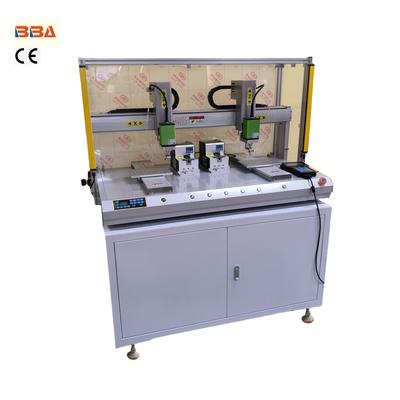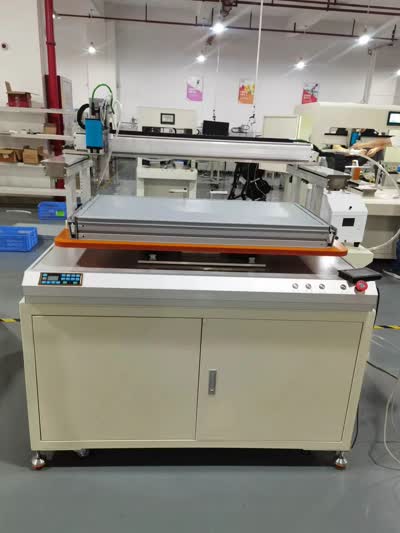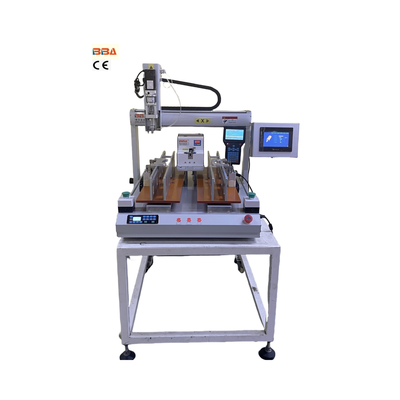Torque Curve Monitoring & Real-Time Feedback Systems | Industrial Automation

Torque Curve Monitoring and Real-Time Feedback
In the world of industrial automation, precision and reliability are not just desirable traits—they are absolute necessities. One of the critical components ensuring operational excellence in automated systems is the accurate management of torque in electric motors and rotating machinery. Torque, the rotational force driving equipment, must be meticulously controlled and monitored to guarantee optimal performance, prevent costly downtime, and extend the lifespan of valuable assets. This is where advanced Torque Curve Monitoring and Real-Time Feedback systems come into play, revolutionizing how industries manage their automated processes.
Torque curve monitoring involves the continuous measurement and analysis of the torque output of a motor or driven system throughout its operational cycle. Unlike simple peak torque measurements, monitoring the entire torque curve provides a comprehensive view of performance, capturing nuances during startup, under load, and at various speeds. This detailed data is invaluable. It allows engineers to understand exactly how a machine behaves under different conditions, identifying inefficiencies, potential faults, or signs of wear that might otherwise go unnoticed until a failure occurs.
The true power of this monitoring capability is unlocked when it is paired with real-time feedback mechanisms. Modern industrial automation products can now process torque data instantaneously and make automatic adjustments to the drive or control system. For instance, if a motor begins to exert excessive torque—perhaps due to an unexpected obstruction or increased friction—the system can immediately respond by reducing power, altering speed, or triggering an alarm. This proactive approach prevents mechanical stress, protects gearboxes and couplings from damage, and ensures consistent product quality by maintaining precise operational parameters.
Implementing a robust torque monitoring and feedback solution offers immense benefits. It significantly enhances predictive maintenance strategies. By analyzing trends in the torque curve over time, maintenance teams can predict component failures long before they happen, scheduling repairs at convenient times and avoiding unplanned production halts. Furthermore, it leads to substantial energy savings. Systems can be optimized to operate at the most efficient torque levels, reducing power consumption and lowering operational costs. In applications like conveyor belts, CNC machines, or robotic arms, this level of control is transformative, ensuring smooth, efficient, and safe operation.
The technology behind these systems is sophisticated, relying on high-resolution sensors, powerful processors, and intelligent algorithms. Sensors accurately measure torque, often without physical contact, using magnetic or optical techniques. This data is then fed into a central controller that compares it against predefined ideal curves. Any deviation outside acceptable tolerances triggers the real-time feedback loop, creating a dynamic, self-correcting system that is the hallmark of smart automation.
As industries continue to stride towards the goals of Industry 4.0, the integration of IoT connectivity with these torque management systems adds another layer of capability. Data can be streamed to cloud platforms for deeper analysis, historical tracking, and remote monitoring, giving plant managers unprecedented visibility and control over their operations from anywhere in the world.
In conclusion, Torque Curve Monitoring and Real-Time Feedback is no longer a luxury but a fundamental aspect of modern industrial automation. It embodies the shift from reactive maintenance to intelligent, predictive, and optimized control. By investing in these advanced technologies, companies safeguard their machinery, boost productivity, enhance safety, and secure a strong competitive advantage in an increasingly automated marketplace.
| Product Name | Applicable industries |
| Automatic Screw Feeder | Medical Device Manufacturing |


